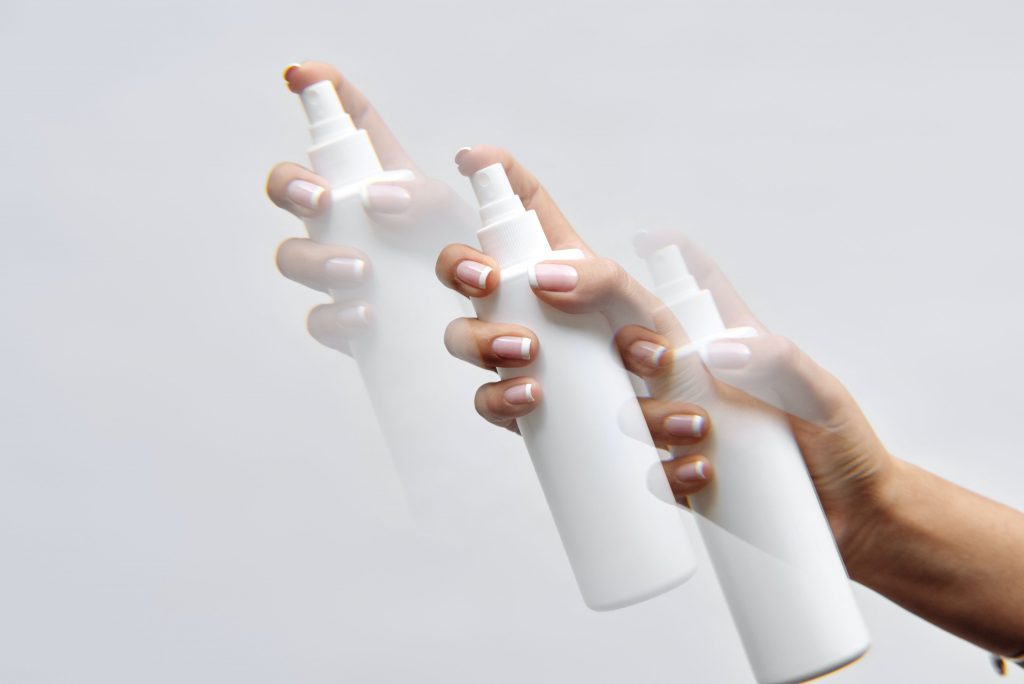FREE Shipping on Orders over $89 with Account – Create One Today!
- (844)-859-9400
- Get Help

If you or a loved one is living with incontinence, you’ll find it can come with a variety of complications. The root cause is corrosive moisture from bodily fluids. If left alone, this fluid erodes and irritates the skin in the perineal region, opening up infection risks and contributing to ulcers.
To reduce this progression, incontinence patients are encouraged to use a barrier cream, spray or similar protectant. Skin protectants create a shield against bodily fluids while simultaneously helping the skin retain its own moisture content and heal existing damage.
Yet, a number of formulas exist out there. Read on to understand the differences and improve your own incontinence care.
Moisture accumulation in the perineal region is a serious complication — one that’s further exacerbated through the use of pads and protective underwear. Additionally, many incontinence patients are primarily sedentary, which greatly increases the risk of pressure sores.
Another possibility is incontinence-associated dermatitis (IAD), which is characterized by a combination of dryness, maceration, eczema, hyperkeratosis and other factors leading to irritation.
Developing an incontinence skincare routine, factoring in skin pH level and moisture management, reduces the likelihood of pressure sores and IAD. The following factors play a role:
Considering these factors, patients living with incontinence are encouraged to develop a skincare routine that involves:
Generally speaking, skin protectants perform three key functions:
For this purpose, lanolin or petrolatum is typically used to create an impermeable barrier. Types of skin protectants include:
Creams and lotions help hydrate dry and/or damaged skin. Because moisturizers are often absorbed into the skin, a more traditional barrier cream may need to be used on top as a proper protectant.
Barrier creams are often formulated with a combination of zinc oxide, dimethicone, petrolatum or another skin sealant. Once applied, the solution functions as an emollient to hydrate the skin and provide greater resilience against damage, including friction.
Some trusted moisturizing barrier creams include:
Barrier ointments and sprays fulfill a similar role: creating a protective layer on the skin to reduce exposure to bodily fluids and moisture. The solution — often made with lanolin, zinc oxide or petrolatum — goes on clear for a greater degree of visibility.
Between these two, ointments come in a tube and often have a water or dimethicone base. To create a protective barrier, it needs to be applied directly to the skin in a thin layer.
Sprays, meanwhile, provide the same properties without having to potentially rub the skin. Less of the product is used during application, offering a more economical long-term solution.
Common choices for these items include:
This type of barrier cream comes with an applicator, be it a wipe, wand or spray bottle. To create a waterproof barrier that locks moisture in, the solution uses a silicone polymer and dries relatively quickly, making barrier films ideal for protecting and healing broken, irritated or damaged skin.
Popular barrier films include:
To learn more about preventing perineal skin complications, and the products that can help, contact Medical Monks customer service. The Monks are available on phone or chat Monday through Friday, 8am-7pm EST. You can also contact us any time via email or text.
